We’ve created AI systems that generate poetry, engage in philosophical debate, and produce code from natural language descriptions. Yet, when observing and understanding our complex systems, we remain trapped in a primitive paradigm—staring at fragmented dashboards filled with disconnected metrics that fail to tell a coherent story.
This disconnect isn’t merely a technical shortcoming. It represents a fundamental misalignment between how humans naturally process complex situations and how our observability tools present information.

Like cartographers attempting to navigate continents using individual grains of sand, we’ve built monitoring systems that provide data without delivering situational understanding or potential scenarios.
This cognitive mismatch creates real operational consequences. Engineers waste precious mental resources translating disjointed metrics into meaningful situations. During incidents when our cognitive load is already high, this translation burden leads to delayed responses, misinterpretations, or decision paralysis.
We’ve inadvertently created tools that work against our cognitive strengths rather than amplifying them. By examining the relationship between human situational awareness, the capabilities of generative AI, and current observability practices, we can uncover the nature of this gap and potential pathways toward more effective and efficient solutions.
The Mind’s Orchestra
Our minds aren’t simple data processors—they’re sophisticated orchestrators of understanding, where a situation is a crucial construct. Situational awareness, as defined in Endsley’s framework, unfolds across three interconnected levels:
Perception (Level 1)
The initial gathering of relevant signals from the environment
Comprehension (Level 2)
The integration of these elements into a coherent understanding
Projection (Level 3)
The ability to anticipate future developments and adapt accordingly
What’s particularly significant about human situational understanding is its directionality. We naturally approach complex environments from the top down—beginning with high-level mental models before selectively elaborating details as needed. Like a reader who grasps the plot of a novel before focusing on individual sentences, we construct meaning by moving from the general to the specific. This approach serves us well under normal conditions. However, when we face stress, complexity, or information overload, our situational awareness degrades in a hierarchical pattern.
Our projection capabilities fade first, followed by comprehension and finally perception. Like a pilot flying through sudden turbulence, our ability to anticipate what happens next disappears precisely when we need it most.
The Ghost in the Machine
Generative AI systems, particularly large language models, contrast fascinatingly with current observability.
Such systems process vast datasets to develop internal representations of patterns and relationships, creating a “situational map”. When prompted, they navigate these maps to generate outputs that maintain contextual coherence with the situation. The results feel quite human-like, creating an impression of genuine understanding.
Despite their limitations in true semantic comprehension, such systems maintain narrative continuity and contextual relationships in ways our observability tools don’t.
They respond to high-level situational descriptions rather than requiring granular specifications. Essentially, they operate more like human minds than our purpose-built monitoring systems do.
If systems built primarily for language processing demonstrate greater alignment with human cognitive patterns than tools designed for situational awareness, something has gone fundamentally awry in our approach to observability.
The Shattered Mirror
Our current observability approach resembles a shattered mirror—reflecting fragments of system reality without conveying the complete picture. These tools typically:
Present isolated metrics without integrating them into coherent situational models. Like individual puzzle pieces scattered across a table, these metrics contain information but lack the connections that make them meaningful.
Process data from the bottom up, starting with granular measurements and requiring mental effort to build toward higher-level understanding. This contradicts the top-down approach natural to human cognition.
Strip away context from measurements, presenting data points divorced from their operational significance and relationship to other system elements. This is akin to reading words without seeing the sentences they form.
Provide static representations of historical or current states without supporting projection or simulation capabilities. This forces engineers to perform mental simulations without technological support.
Step into any modern operations center, and you’ll see the problem. Walls of monitors show jagged line graphs and disconnected metrics that don’t give you a clear picture of what’s happening. Engineers look at these displays not because they help them understand the situation immediately, but because they have no other choice.
The Cognitive Chasm
Human understanding is deeply rooted in causal narratives—stories that outline what happened and explain why.
Yet, the data provided by current observability tools often lacks this narrative clarity, requiring engineers to expend considerable mental energy to infer the underlying causes behind the numbers.
We instinctively situate individual pieces of information within a broader tapestry of interrelated elements.
However, observability platforms strip away this context, presenting isolated metrics without the surrounding details that reveal their true operational significance.
Experts regularly simulate potential outcomes to guide their decision-making processes. Observability tools don’t support these predictive simulations, leaving engineers to rely solely on their internal projections.
Our situational awareness is uneven, characterized by peaks of insight and valleys of uncertainty. While human cognition navigates this “awareness topology” with nuanced understanding, observability tools treat all metrics equally accessible, overlooking the intricate nature of human awareness.
The discrepancies between different ways of understanding a situation cause significant problems in practice.
Engineers spend considerable mental energy trying to reconcile these conflicting perspectives. This wasted mental effort, which involves translating information between different formats or interpretations, directly impacts their ability to effectively solve problems and make crucial decisions.
The Brain Behind the Eyes
Cognitive neuroscience explains why current observability approaches clash with human cognition. Studies demonstrate that the brain processes complex situations through:
Predictive coding: Rather than passively processing incoming data, the brain actively generates predictions about environmental states and focuses on discrepancies. This approach conserves cognitive resources by processing unexpected information more deeply than expected patterns.
Schema activation: Familiar situations activate established mental frameworks that guide attention and interpretation. These schemas allow rapid understanding of complex situations without processing every detail.
Default mode network engagement: This neural network supports mental simulation and projection into potential futures. When faced with fragmented data that doesn’t support these projection activities, this network collapses.
Top-down modulation: Higher cognitive regions actively filter and prioritize incoming sensory information based on situational models. Without clear situational frameworks, this filtering mechanism breaks down.
These neural mechanisms enable efficient situational understanding but depend on coherent contextual frameworks.
Reforging the Mirror
Addressing this fundamental misalignment requires more than incremental improvements to existing dashboards. It demands a reconceptualization of observability that aligns with human cognitive processes. We need to reforge the broken mirror into tools that reflect not just data but understanding.
Situational Frameworks First: Systems should provide high-level situational models that allow engineers to navigate from context to details. Like a map that reveals terrain features before individual landmarks, these frameworks would support our natural top-down processing.
Narrative Navigators: Tools should explicitly represent causal relationships between system elements, enabling operators to understand not just what’s happening but why it’s happening. These causal pathways would support the narrative understanding that comes naturally to human cognition.
Contextual Preservation: Metrics should maintain their connection to operational significance rather than appearing as abstracted measurements. Like words that derive meaning from their place in sentences, measurements should remain connected to their system context.
Simulation Support: Tools should enable operators to project current situations into potential futures, supporting the natural human tendency toward mental simulation. This capability would extend our projection abilities rather than leaving them entirely to cognitive effort.
Adaptive Detail: Systems should progressively reveal details based on their situational significance rather than overwhelming operators with comprehensive data. Like a storyteller who reveals information at the right moment, these tools would manage information flow to support understanding without creating overload.
These principles would transform observability from a data visualization challenge into an exercise in situational communication—creating tools that extend rather than burden human cognitive capabilities.
Learning from the Storytellers
Fields outside traditional engineering often demonstrate more sophisticated approaches to situational representation.
Science fiction films like “Interstellar” create visualizations of complex temporal systems that prioritize situational understanding over data completeness.
Video game designers craft interfaces that communicate complex system states without overwhelming players.
These approaches succeed because they align with human cognitive processes—beginning with high-level situational frameworks and progressively revealing details as needed within coherent narratives.
We’d benefit significantly from incorporating these narrative visualization principles into observability design.
Consider how engineers might understand system behavior differently if observability tools presented information as coherent episodes rather than continuous data streams, focusing on meaningful situational transitions.
This episodic approach would align with how humans naturally construct understanding through significant events and their causal relationships.
The Symphony of Collaboration
Translating these principles into practical tools requires interdisciplinary collaboration between:
Cognitive scientists who understand human situational awareness processes and their limitations.
Systems engineers who understand the technical constraints and capabilities of monitoring systems.
Interaction designers can create interfaces that bridge between these domains.
Domain experts who understand the specific operational contexts in which these tools will be used.
Early implementations might create situational overlays for existing metric-based systems, progressively evolving toward more integrated approaches as both technology and organizational practices mature.
The key is recognizing that effective observability represents a communication challenge as much as a technical one, requiring tools that speak the language of human cognition rather than forcing humans to translate machine outputs.
From Fragmentation to Integration
The gap between human cognitive processes and current observability practices represents both a significant challenge and a tremendous opportunity. By recognizing that our monitoring approaches remain anchored in outdated assumptions about how humans process information, we can begin to reimagine observability as an extension of human situational intelligence rather than a burden upon it.
Despite its limitations in semantic understanding, generative AI continues to exhibit greater alignment with human cognitive processes compared to our current observability tools, underscoring the potential for significant improvement. By embracing a situation-first, narrative-driven approach to system monitoring, we can transform our relationship with complex systems from one of cognitive strain to one of intuitive understanding.
The result wouldn’t merely be better tools but fundamentally different relationships between humans and the complex systems they create and manage—relationships characterized by clarity, foresight, and effective action even under conditions of stress and complexity. We can move from shattered fragments of understanding to an integrated vision that reveals what our systems are doing and what they mean.
